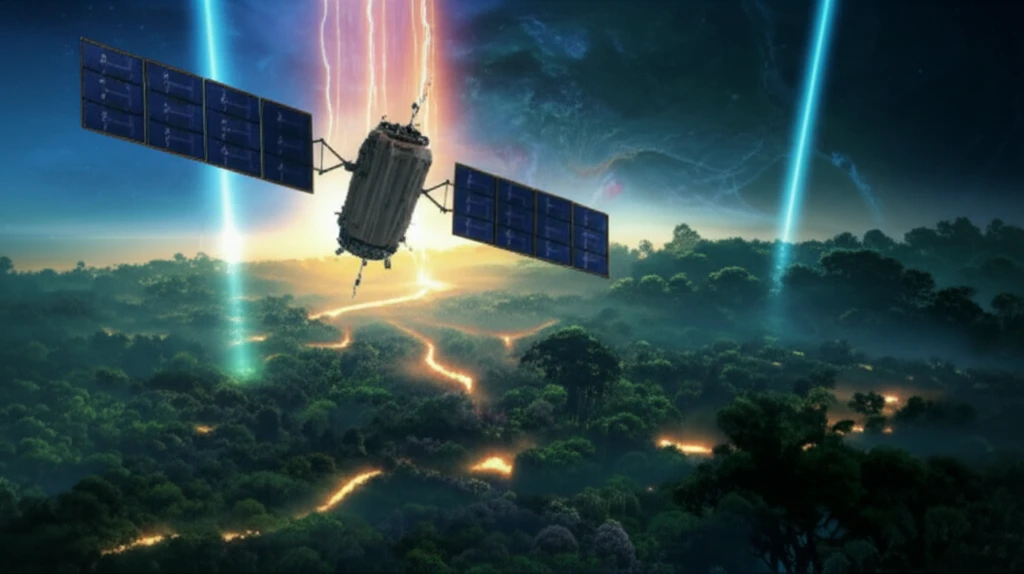
Decoding the Amazon: How Satellites and Ground Data Reveal the Rainforest's Secrets
"New research combines satellite data with on-the-ground measurements to validate climate models in the Amazon rainforest, offering critical insights for conservation and climate change strategies."
The Amazon rainforest, a vast and vital ecosystem, is under increasing pressure from deforestation and land-use changes. These transformations significantly impact regional hydrology and climate, making it crucial to accurately monitor and understand these effects.
For decades, researchers have conducted meteorological experiments in the Amazon to study energy dynamics and evapotranspiration. However, ground-based measurements are limited in scope due to the Amazon's vastness and diversity. Remote sensing offers a valuable alternative, providing broad spatial and temporal coverage for estimating radiative balance components.
This article explores a pioneering study that combines data from the Moderate Resolution Imaging Spectroradiometer (MODIS) aboard the TERRA satellite with surface measurements from the Large-Scale Biosphere-Atmosphere Experiment in Amazonia (LBA) project. By validating the Surface Energy Balance Algorithms for Land (SEBAL) model, this research enhances our ability to monitor and understand the Amazon's complex interactions with the atmosphere.
What is Radiative Balance and Why Does It Matter?

Radiative balance refers to the equilibrium between incoming solar radiation and outgoing radiation from a surface, such as the Earth's surface. Understanding this balance is crucial for assessing energy fluxes, which drive various environmental processes, including:
- Directly heating the atmosphere.
- Evaporating water.
- Influencing local and regional climates.
The Future of Amazon Monitoring
Combining remote sensing data with ground-based measurements offers a powerful approach for monitoring the Amazon rainforest and its radiative balance. As technology advances, future research can refine these models, providing even more accurate and detailed insights into this critical ecosystem. This integrated approach supports better understanding, conservation efforts, and climate change mitigation strategies for one of the world's most vital regions.
